The Clementine is a relatively small, cold-tolerant, citrus fruit with a sweet, aromatic taste and low acidity. In contrast to the similar looking mandarins, clementines are almost seedless and they can be stored for up to 2 months without drying out. Clementines are rich in secondary ingredients such as vitamin C, some B vitamins, and minerals, and their main harvest season is November through January, coinciding with the holiday season.
What you should know about the clementine

Clementines probably originated from a cross between mandarins and oranges in Algeria. However, very similar fruits are also native to China and East Asia. The main growing areas of the clementines are in southern Europe, northwest Africa and Florida, where they displace the more sensitive oranges due to their cold tolerance.
Clementines are the most cold-tolerant citrus fruits and have therefore conquered the Mediterranean region. Another peculiarity is that it is almost completely seedless, which makes it easier to use for refining and enriching dishes. The external appearance of the clementine is very similar to that of the mandarin. The clementine is one of the so-called "easy peelers", ie one of the fruits that can be peeled easily. The peel can be separated from the pulp so easily that you don't even need a knife to peel it. The main harvest season extends from the end of November to the beginning of January, exactly matching the Christmas season, when the main sales are made.
Clementines are less prone to drying out, so they can be stored in a cool cellar at around 10 to 15 degrees for up to 2 months. In contrast, mandarins cannot be stored for that long because they lose their aroma quickly, dry out or rot easily. The special value of clementines is less due to their nutritional content, but more to their quality as a supplier of secondary ingredients with relevance for the metabolism and the immune system. Above all, vitamin C should be mentioned, but also vitamin E and some B vitamins as well as beta carotenes, which are used by the body as a preliminary stage for the synthesis of vitamin A.
In terms of minerals, especially potassium and calcium should be mentioned, which are present in higher concentrations in usable form.The pure nutritional or calorific value of only 46 kilocalories is similarly low to other citrus fruits and is based exclusively on the sugar contained i. H. v. 8.7 grams per 100 grams of pulp, as proteins and fats are only present in traces.
Importance to health
The health importance of clementines can be rated as high as that of other citrus fruits. As mentioned above, the primary ingredients such as proteins, carbohydrates or fats are not in the foreground in clementines, but their secondary plant substances.
The clementine is valued not only for its sweet taste with only a little acidic undertone, but above all for its high content of vitamin C, which acts as an antioxidant in many metabolic processes. The health-relevant ingredients go very well with the season November to January, when the adequate supply of fresh fruit and vegetables often falls behind. Due to their relatively low nutrient content, clementines can be consumed without hesitation, without having to worry about your figure.
Various ingredients (glycosides) in the peel of clementines and mandarins have antibacterial and fungicidal effects and properties that are also classified as growth-inhibiting in certain types of cancer. Certain flavonoids, which are mainly contained in the peel and the white separating membranes between the fruit segments, have a positive influence on insulin sensitivity and thus have a preventive effect against type 2 diabetes.
They also provide improved fat burning, so consuming clementines, despite their sweetness, promotes weight loss rather than weight gain.
Ingredients & nutritional values
| Nutritional information | Amount per 100 gram |
| Calories 47 | Fat content 0.2 g |
| cholesterol 0 mg | sodium 1 mg |
| potassium 177 mg | carbohydrates 12 g |
| protein 0.9 g | vitamin C 48.8 mg |
Clementines are valued not only because of their sweet and exotic taste and their practical uses and good shelf life, but above all because of their secondary plant substances. Its nutritional and calorific value of just 46 kilocalories per 100 grams of pulp consists exclusively of carbohydrates (sugar). Their protein and fat content is negligibly low. Important - health-relevant - ingredients are above all vitamin C (30 mg / 100 g), vitamin E, vitamins B1, B2, B6 and folate as well as minerals and trace elements.
Their high potassium content is particularly noteworthy. Flavonoids such as nobiletin and naringenin are mainly contained in the peel and in the white dividing grids below the peel and between the fruit segments.
Intolerances & allergies
A direct food intolerance or even an allergy caused by clementines are extremely rare. However, like other citrus fruits, clementines not only act as histamine suppliers, but also have substances in their portfolio that cause the immune system to release its own histamines.
People with a known histamine intolerance or histamine intolerance may react symptomatically to the consumption of clementines. Typical symptoms are headaches or migraines, indigestion, abdominal pain, flushing, nasal mucous membrane swelling and much more. Circulatory problems, itchy skin or changes in the skin also occur rarely.
Shopping & kitchen tips
Clementines are usually only offered during and shortly after the harvest season, which runs from late November to early January. In order to be able to use the white inside of the bowl or the bowl itself, which contains important flavonoids, it is advisable to use organic qualities when buying.
If there are green spots on the peel of the clementines, this is not a sign of immaturity, but is mainly due to the weather during the ripening period and does not represent a quality-reducing feature. In contrast to mandarins, which are only kept for about 1 to 2 weeks clementines can be stored for up to 2 months. However, they should not be exposed to temperatures below 8 degrees, i.e. not stored in the refrigerator. Clementines are extremely practical to use as "easy peelers".
They can easily be removed from the peel with just your fingers and the individual eight to twelve orange-colored fruit segments can be separated from one another quite easily, without splashing juice and making your fingers sticky. Due to their unproblematic preparation for consumption as a vitamin and mineral supplier, the fruits are also popular as food for the road, for the office or school.
Preparation tips
Clementines are usually consumed in their natural state. However, they also go very well with fruit salads and green leaf salads. The pulp is freed from the skin and can be cut into small cubes and added to salads, which give them a sweet, exotic note. Its use in sauces for game dishes and other dark meats is also popular.
Clementines are even suitable for decorating cakes. In the cake bakery, pureed pulp can be used, mixed with honey and simmered to a thick - exotic tasting - syrup. An interesting variant is the use of clementines to make yellow groats.

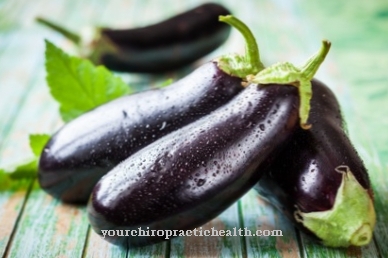
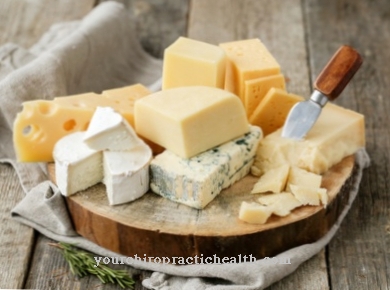
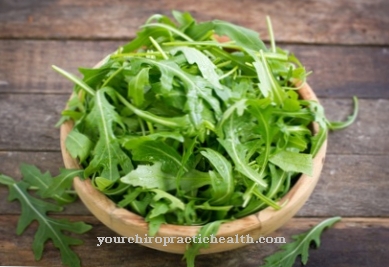
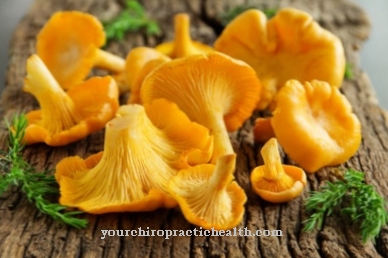
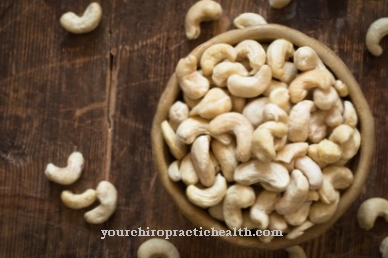
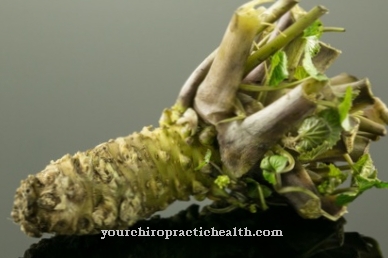






.jpg)

.jpg)
.jpg)











.jpg)